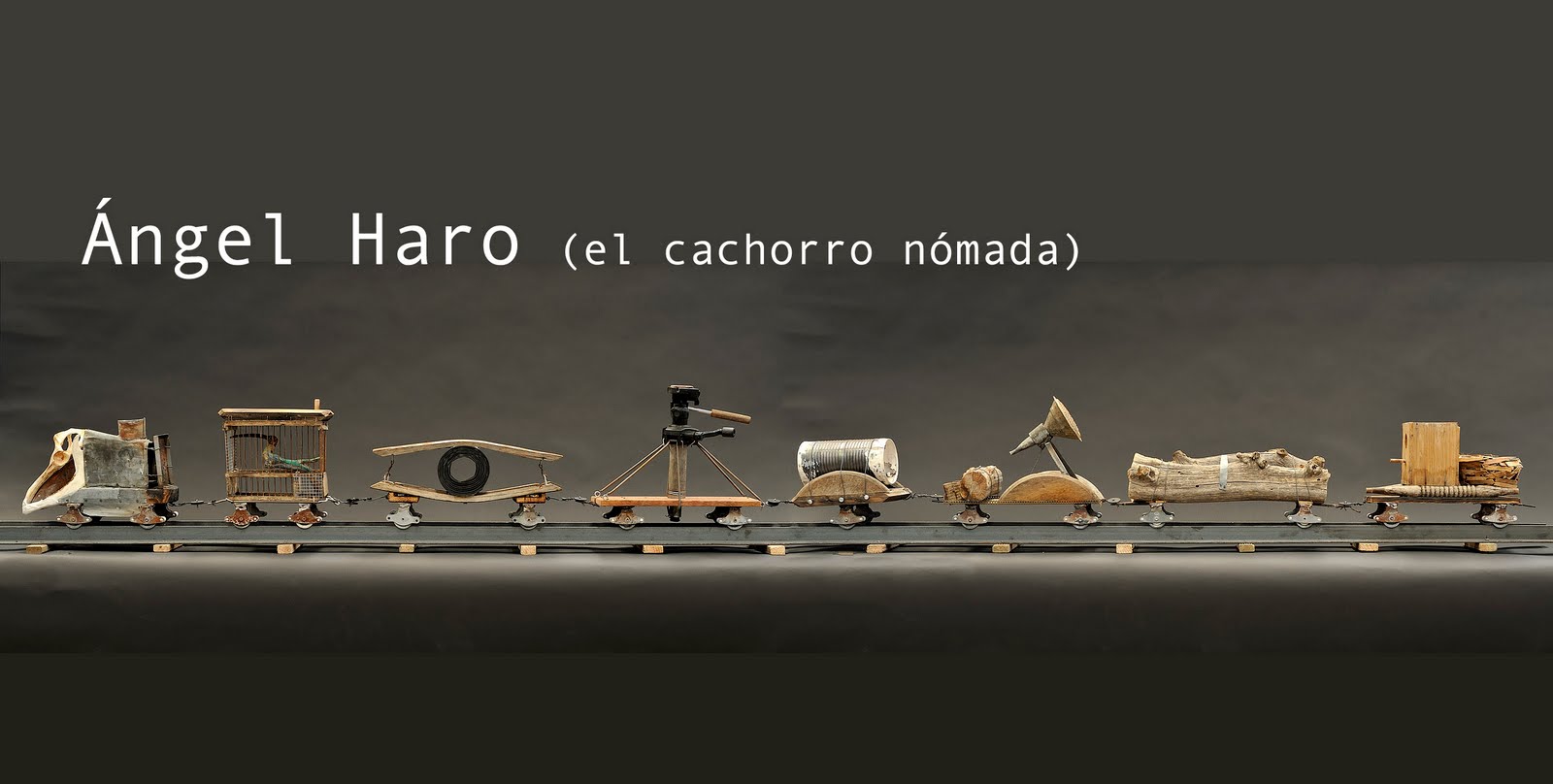The integration of artistic skills is neither a discovery nor a form of production that is new artistic, erudite or creative.
The Metopes in the Parthenon pediment, the Chaldean enamelled brick walls, the parietal vibrations of Egyptian relief-work or the illustrative stories of the capitals of Vézelay, as likewise the wall rendering in the Taj Mahal or the solid block geometry of the Inca at Cuzco and Machu Pichu; all transcend the spatial scope of architecture, to be shown as aesthetic strata, as skins which characterise architectural existence.
The idea that architectural work can be an excuse or a platform of an expressive dimension, more rhetorical than literal, more commercial than picturesque, more popular than learned, and therefore more set in terms of generalised aesthetic mediocrity, was left behind in the maelstrom of fruitless searches of the final 20 or 30 years of the aesthetic prostitution which characterized the puerile adaptation of irresponsible and irrelevant adventurism of contemporary architecture.
In fact, it is surprising that so few attempts have been risked beyond the resolution of animated or illustrative surfaces which new technologies make possible, facilitate and suggest. These are still, and above all, architecture; and for that very reason, implicitly integrated and integrative with an expression of space, the latest construction science and the construction itself.
The bi- and tri-dimensional expressive contribution which the painter or sculptor can bring to spatial reality in the architectural sphere, requires of the architect an understanding, a humility and a vision extending beyond his formal purpose, which is only possible through a perfect empathy and sympathy of objectives in which the ultimate value of the aesthetic product is imposed on the self-promotion of an individual artist. Hence, surely, the rarity of the examples.
In the case in question, and analysing what Ángel Haro has confronted as a painter, is the urban dimension of a building, pictorially-supported on three facades; a two-dimensional volumetric which is subject to the movement and dynamics of the viewer and to a spatial distancing necessary for a complete reading and enjoyment of the artistic work.
In a simplistic and instantaneous reflection, this occurrence and this situation are dangerously parallel to the hoarding publicity of Coca Cola and Colonel Saunders, with whom he has to compete, so as to recover the dignity and potential of urban art in a visual world contaminated by the gross arrogance and lack of civic pride of the Consumer Society. This was without doubt one of the most difficult challenges that Ángel Haro has had; and has known how to resolve.
Without destroying or discounting the architectural volume, Ángel achieves a measure of chromatic density and of pictorial ambiguity which integrate, through random selection, the reflection of the sky and the presence of clouds, into a powerfully articulated geometry with all the control necessary for its technological dimension and for its urban setting. In this sense, the work surpasses the fresco and mosaic, and only appears possible in our technological and aesthetic era. Its contemporary nature is exactly what endows it with its greatest merit.
It is a work of perfect fusion between the spaciousness of the architecture and the bi-dimensional painting, each the reason for the existence of the other, yet impossible to live unsupported, mutually enriching and necessarily complementary.
Maputo. June 20, 2010

No hay comentarios:
Publicar un comentario